

- RFQ
- BOM
-
Contact Us
Tel: +86-0755-83501315
Email: sales@sic-components.com
- Chinese
- English
- French
- German
- Portuguese
- Spanish
- Russian
- Japanese
- Korean
- Arabic
- Irish
- Greek
- Turkish
- Italian
- Danish
- Romanian
- Indonesian
- Czech
- Afrikaans
- Swedish
- Polish
- Basque
- Catalan
- Esperanto
- Hindi
- Lao
- Albanian
- Amharic
- Armenian
- Azerbaijani
- Belarusian
- Bengali
- Bosnian
- Bulgarian
- Cebuano
- Chichewa
- Corsican
- Croatian
- Dutch
- Estonian
- Filipino
- Finnish
- Frisian
- Galician
- Georgian
- Gujarati
- Haitian
- Hausa
- Hawaiian
- Hebrew
- Hmong
- Hungarian
- Icelandic
- Igbo
- Javanese
- Kannada
- Kazakh
- Khmer
- Kurdish
- Kyrgyz
- Latin
- Latvian
- Lithuanian
- Luxembou..
- Macedonian
- Malagasy
- Malay
- Malayalam
- Maltese
- Maori
- Marathi
- Mongolian
- Burmese
- Nepali
- Norwegian
- Pashto
- Persian
- Punjabi
- Serbian
- Sesotho
- Sinhala
- Slovak
- Slovenian
- Somali
- Samoan
- Scots Gaelic
- Shona
- Sindhi
- Sundanese
- Swahili
- Tajik
- Tamil
- Telugu
- Thai
- Ukrainian
- Urdu
- Uzbek
- Vietnamese
- Welsh
- Xhosa
- Yiddish
- Yoruba
- Zulu
- Kinyarwanda
- Tatar
- Oriya
- Turkmen
- Uyghur
Digital Isolator IC
In the realm of modern electronics, ensuring the reliable transfer of digital signals while maintaining electrical isolation between different parts of a system is of utmost importance. Digital isolator integrated circuits (https://www.sic-components.com/isolators/digital-isolators/) have emerged as a crucial solution for this need. These ICs are designed to isolate digital signals and enable the transfer of digital communication across an isolation barrier. They play a vital role in various applications, from industrial automation to automotive electronics, by enhancing system performance, safety, and reliability.
Working Principles of Digital Isolator ICs https://www.sic-components.com/isolators/digital-isolators/
Magnetic Coupling - Based Digital Isolators
One common type of digital isolator IC uses magnetic coupling. Inside the IC, there are tiny transformers. Digital signals on the input side are used to modulate a magnetic field. This modulated magnetic field then crosses the isolation barrier (usually a non - conductive material) and is detected on the output side. The detection circuitry on the output side demodulates the magnetic field back into digital signals. For example, in some high - speed digital isolators, the input digital data is used to switch a current in a primary coil of the transformer. This current generates a magnetic flux that is linked to a secondary coil on the isolated side. The induced voltage in the secondary coil is then converted back into digital output signals. Magnetic - coupling - based isolators are known for their relatively high - speed performance, with data rates often reaching up to several hundred Mbps. They can also provide good isolation performance, with isolation voltages typically ranging from a few hundred volts to several kilovolts.
Capacitive Coupling - Based Digital Isolators
Another approach is capacitive coupling. In these isolators, an insulated capacitor is used to transmit digital signals across the isolation barrier. The input digital signal modulates the charge on one plate of the capacitor. This modulation is then detected as a change in voltage on the other plate of the capacitor on the output side. Specialized circuitry on both sides of the capacitor is used for modulation and demodulation. For instance, the input digital signal may be used to charge or discharge the input - side capacitor plate in a way that represents the binary 0s and 1s of the digital data. The output - side circuitry then senses the resulting voltage changes on the other plate and reconstructs the original digital signal. Capacitive - coupling - based isolators can offer advantages such as small size, low power consumption, and high - speed operation. They are often used in applications where space is limited and power efficiency is a priority.
Opto - isolator - like Digital Isolators (with a Twist)
Some digital isolators use a principle similar to opto - isolators but with a semiconductor - based approach. Instead of using a traditional light - emitting diode (LED) and photodetector combination as in opto - isolators, they may use a semiconductor structure that emits and detects light within the IC. The input digital signal controls the emission of light from a semiconductor emitter. This light then crosses a small isolation gap and is detected by a semiconductor photodetector on the output side, which converts the light back into a digital signal. This approach can provide good isolation and is relatively immune to electromagnetic interference. However, compared to pure magnetic or capacitive coupling isolators, they may have different speed and power - consumption characteristics.
Key Features and Performance Metrics https://www.sic-components.com/isolators/digital-isolators/
Isolation Voltage
The isolation voltage is a critical parameter of digital isolator ICs. It represents the maximum voltage that the isolator can withstand between its input and output sides without electrical breakdown. Different applications require different levels of isolation voltage. For example, in industrial applications where there may be high - voltage power lines in the vicinity, digital isolators with isolation voltages of 5 kV or even higher are often used. In automotive applications, isolation voltages in the range of 1 - 3 kV may be sufficient for many on - board systems. The isolation voltage rating is usually specified as a root - mean - square (rms) value, such as 2.5 kV rms or 5 kV rms. A higher isolation voltage ensures better protection against electrical transients and faults, preventing damage to sensitive electronic components on either side of the isolation barrier.
Data Rate
The data rate of a digital isolator IC determines how fast it can transmit digital signals. With the increasing demand for high - speed communication in modern electronics, digital isolators are now available with a wide range of data rates. Some basic digital isolators may have data rates in the range of a few kbps (kilobits per second), which are suitable for applications where the data transfer speed is not critical, such as simple control signal isolation. However, for applications like high - speed serial communication interfaces (e.g., USB 2.0, SPI, CAN), digital isolators with data rates of 100 Mbps, 200 Mbps, or even higher are required. For example, in a high - speed industrial Ethernet network, digital isolators with data rates of up to 1 Gbps may be used to isolate the communication lines and ensure reliable data transfer.
Common - Mode Transient Immunity (CMTI)
CMTI is a measure of how well a digital isolator can resist the effects of common - mode noise. Common - mode noise occurs when there is a voltage difference between the ground references on the input and output sides of the isolator. This noise can cause unwanted current flow through the isolation barrier and potentially disrupt the normal operation of the digital signals. Digital isolators with high CMTI values are more resistant to such noise. CMTI is typically specified in kV/μs (kilovolts per microsecond). For instance, a digital isolator with a CMTI of 100 kV/μs can better withstand rapid changes in common - mode voltage compared to one with a lower CMTI value. In noisy industrial environments or in systems with large - scale power electronics, high CMTI digital isolators are essential to ensure stable signal transmission.
Power Consumption
Power consumption is an important consideration, especially in battery - powered devices or applications where energy efficiency is a priority. Digital isolator ICs are designed to have low power consumption. The power consumption can be divided into two main components: static power consumption, which is the power consumed when the isolator is in a standby state or when there is no data transfer, and dynamic power consumption, which is related to the data rate and the switching activity of the digital signals. Some digital isolators use advanced semiconductor manufacturing processes and circuit design techniques to minimize power consumption. For example, they may use low - voltage operation and power - management features to reduce the overall power draw. In applications like wearable devices or Internet of Things (IoT) sensors, where long battery life is crucial, digital isolators with ultra - low power consumption are preferred.
Channel Configuration
Digital isolator ICs come in various channel configurations. The number of channels refers to the number of independent digital signal paths that the isolator can handle. Common channel configurations include single - channel, dual - channel, three - channel, and four - channel isolators. In some applications, such as simple sensor - to - microcontroller communication, a single - channel digital isolator may be sufficient to isolate a single data line. In more complex systems, like multi - channel communication buses or motor - control systems that require isolation for multiple control and feedback signals, four - channel or even higher - channel - count digital isolators are used. Additionally, some digital isolators may have different channel arrangements, such as unidirectional channels (where data can only flow in one direction) or bidirectional channels (where data can flow in both directions), depending on the specific application requirements.
Applications of Digital Isolator ICs https://www.sic-components.com/isolators/digital-isolators/
Industrial Automation
In industrial automation, digital isolator ICs are widely used to isolate different parts of the control system. Programmable logic controllers (PLCs) often use digital isolators to isolate the input and output signals from the field devices. For example, when connecting sensors (such as temperature sensors, pressure sensors) or actuators (such as motors, solenoids) to a PLC, digital isolators prevent electrical interference from the field environment from affecting the sensitive electronics inside the PLC. In industrial inverters, digital isolators are used to isolate the high - voltage power stage from the low - voltage control circuitry. This ensures that the control signals can be transmitted accurately while protecting the control system from high - voltage transients and electrical faults in the power stage. They also play a crucial role in industrial communication networks, such as Modbus or Profibus, where they isolate the communication lines between different nodes in the network, enhancing the reliability of data transfer in noisy industrial environments.
Automotive Electronics
In the automotive industry, digital isolator ICs are used in various applications. In hybrid and electric vehicles, they are used to isolate the high - voltage battery system from the low - voltage control and communication systems. For example, in the battery management system (BMS), digital isolators are used to transfer data between the battery cells (which operate at high voltages) and the low - voltage microcontroller that monitors and controls the battery. This isolation is essential for safety reasons, as it prevents high - voltage leakage from the battery system to the rest of the vehicle's electronics. Digital isolators are also used in automotive communication networks, such as Controller Area Network (CAN) and Local Interconnect Network (LIN). They isolate the communication lines between different electronic control units (ECUs) in the vehicle, reducing the risk of electrical interference and ensuring reliable communication between the various subsystems in the vehicle.
Medical Equipment
Medical equipment requires high levels of safety and reliability. Digital isolator ICs are used in medical devices to isolate different parts of the system, especially when dealing with patient - connected electrodes or sensors. For example, in electrocardiogram (ECG) machines, digital isolators are used to isolate the patient - side electrodes from the signal - processing and display circuitry. This isolation protects the patient from electrical shocks and also prevents interference from the patient's body or other external sources from affecting the accuracy of the ECG readings. In medical imaging equipment, such as magnetic resonance imaging (MRI) or computed tomography (CT) scanners, digital isolators are used to isolate the high - voltage power supplies and sensitive signal - detection circuits, ensuring the proper operation of the equipment and the safety of the patients and medical staff.
Power Electronics
In power electronics applications, digital isolator ICs are used to isolate the control circuits from the high - voltage power conversion stages. For example, in switch - mode power supplies (SMPS), digital isolators are used to transfer the control signals from the low - voltage microcontroller to the high - voltage power switches (such as MOSFETs or IGBTs). This isolation is necessary to protect the control circuitry from the high - voltage transients and electrical noise generated during the switching operation of the power switches. Digital isolators also enable the implementation of feedback control loops in power electronics systems, where the output voltage or current of the power converter is sensed and the control signals are adjusted accordingly. By isolating the feedback signal path, digital isolators improve the stability and performance of the power converter.
Communication Systems
Digital isolator ICs are used in communication systems to isolate different parts of the network. In Ethernet networks, they can be used to isolate the network interface cards (NICs) from the rest of the computer's motherboard, protecting the computer from electrical surges and interference that may be present on the network cable. In fiber - optic communication systems, digital isolators can be used to isolate the optical transceivers from the electrical control circuitry, ensuring reliable signal conversion and transmission. They are also used in wireless communication devices, such as Wi - Fi routers and mobile phones, to isolate the different RF (radio - frequency) and digital signal - processing sections, reducing the risk of interference and improving the overall performance of the communication device.
Digital isolators VS. Optocouplers
Digital isolators and optocouplers (optical couplers) are both used for electrical isolation, but they differ significantly in their working principles, performance characteristics, and application scenarios. Here's a detailed comparison:
Working Principle
Optocoupler (Optical Coupler)
Mechanism: Uses light as the transmission medium. Consists of a light-emitting diode (LED) on the input side and a photodetector (e.g., phototransistor, photodiode) on the output side.
Operation: When an input voltage is applied, the LED emits light, which is detected by the photodetector, converting it back to an electrical signal. This creates galvanic isolation between input and output.
Key Components: LED + photodetector (analog or digital).
Digital Isolator https://www.sic-components.com/isolators/digital-isolators/
Mechanism: Uses magnetic coupling (transformer-based) or capacitive coupling (silicon-based capacitors) to transmit digital signals.
Operation:
Magnetic coupling: Digital signals modulate a magnetic field via a tiny transformer, which is then detected on the output side.
Capacitive coupling: Signals are transmitted through an insulated capacitor, with modulation/demodulation circuits on both sides.
Key Components: Semiconductor-based magnetic/capacitive structures + digital circuitry.
Signal Type
Optocoupler:
Can handle analog signals (e.g., voltage/current levels) and digital signals (e.g., ON/OFF states), depending on the photodetector type.
Analog optocouplers are common in signal conditioning (e.g., feedback loops in power supplies).
Digital Isolator:
Designed exclusively for digital signals (binary logic: 0s and 1s).
Optimized for high-speed data transmission (e.g., UART, SPI, CAN, USB).
Speed and Bandwidth
Optocoupler:
Slower: Limited by the response time of the LED and photodetector. Typical bandwidth ranges from dc to ~10 MHz (high-speed optocouplers exist but are less common).
Example: A standard optocoupler might have a propagation delay of hundreds of nanoseconds.
Digital Isolator:
Faster: Capable of gigabit-per-second (Gbps) data rates (e.g., magnetic isolators for USB 3.0/4.0).
Low propagation delay (nanoseconds) and high noise immunity, ideal for high-speed digital interfaces.
Isolation Voltage
Optocoupler:
Higher isolation voltage: Typically ranges from 1 kV to 10 kV+, making them suitable for high-voltage applications (e.g., power electronics, industrial control).
Achieved via physical separation of the LED and photodetector in the package.
Digital Isolator:
Lower to moderate isolation voltage: Usually 1 kV to 3 kV, though some models offer up to 5 kV.
Isolation is achieved through semiconductor-level insulation (e.g., silicon dioxide layers in capacitive isolators).
Power Consumption
Optocoupler:
Higher power: Requires current to drive the LED (typically 5–20 mA for the input side), leading to higher power dissipation, especially in multi-channel systems.
Digital Isolator:
Lower power: Draws minimal current (microamps to milliamps) as it uses semiconductor-based modulation without LEDs.
Ideal for battery-powered or low-power systems (e.g., IoT devices).
Size and Integration
Optocoupler:
Larger packages due to the physical separation of LED and photodetector.
Limited channel density (e.g., 1–4 channels per package).
Digital Isolator:
Smaller, more integrated packages (e.g., SOIC, QFN) with high channel density (e.g., 2–8 channels per chip).
Suitable for space-constrained designs (e.g., compact PCBs in consumer electronics).
Reliability and Lifetime
Optocoupler:
LED degradation: Long-term use can cause light output decay, reducing reliability over time (typically 10–100 k hours).
Susceptible to mechanical stress (e.g., vibration) and temperature variations affecting LED efficiency.
Digital Isolator:
Solid-state design: No moving parts or light-emitting components, leading to longer lifetime (virtually unlimited cycles).
More robust against environmental factors (e.g., temperature, vibration).
Cost
Optocoupler:
Lower cost for basic models, making them ideal for low-speed, high-voltage applications on a budget.
Digital Isolator:
Higher cost due to advanced semiconductor fabrication (e.g., magnetic or capacitive coupling layers).
Justified in high-speed, low-power, or high-reliability scenarios.
Applications
Optocoupler:
High-voltage isolation (e.g., AC-DC power supplies, motor drives).
Analog signal isolation (e.g., sensor interfaces, medical equipment).
Low-speed digital isolation (e.g., relay control, simple logic gates).
Digital Isolator:
High-speed data communication (e.g., USB, Ethernet, CAN bus).
Low-power systems (e.g., wearables, portable devices).
Integrated circuit isolation (e.g., between microcontrollers and peripheral chips).
Applications requiring high reliability and long lifetime (e.g., automotive, aerospace).
Key Takeaway
Choose an optocoupler for high-voltage isolation, analog signals, or cost-sensitive low-speed applications. Opt for a digital isolator when you need high-speed data transmission, low power consumption, compact size, or long-term reliability in digital systems.
Leading Brands and Their Offerings
Texas Instruments
Texas Instruments offers a wide range of digital isolator ICs. Their ISO72xx series, for example, includes digital isolators with different channel configurations and data rates. The ISO721 is a single - channel digital isolator that can operate at data rates up to 100 Mbps, while the ISO7240 is a quad - channel digital isolator suitable for applications where multiple channels of isolation are required. Texas Instruments' digital isolators are known for their high - quality performance, with features such as high isolation voltage (up to 5 kV rms in some models), good CMTI values, and low power consumption. They are widely used in various industries, from industrial automation to automotive and medical applications.
Analog Devices
Analog Devices provides digital isolator ICs that are designed for high - performance applications. Their ADuM series uses a unique magnetic - coupling technology. The ADuM1200, for instance, is a dual - channel digital isolator that offers high - speed data transfer (up to 100 Mbps) and excellent isolation performance. These isolators are engineered to have low propagation delay and high noise immunity, making them suitable for applications where precise timing and reliable signal transfer are crucial. Analog Devices' digital isolators are often used in high - end industrial control systems, communication infrastructure equipment, and medical diagnostic devices.
Infineon
Infineon's ISOFACE™ digital isolators are based on its innovative technology. They are available in different channel configurations, including dual - channel and quad - channel options. The ISOFACE™ digital isolators offer high levels of robustness, even in noisy environments. They have high CMTI values, TTL and CMOS input threshold options (for some models), and a wide power - supply voltage range. These isolators are used in applications such as high - density power design (for isolating gate signals), and in communication interfaces like isolated CAN, SPI, or UART in industrial automation, server, and automotive applications.
Maxim Integrated (now part of Analog Devices)
Maxim Integrated's digital isolator ICs, such as the MAX14932, are designed to meet the needs of high - speed and high - voltage applications. The MAX14932 is a 4 - channel digital isolator that can operate at data rates up to 1 Mbps and has an isolation voltage of 2.75 kV rms. Their digital isolators often feature low power consumption and small form - factor packages, making them suitable for space - constrained applications. They are used in a variety of applications, including industrial control, power management, and communication systems.
Future Trends in Digital Isolator ICs https://www.sic-components.com/isolators/digital-isolators/
Higher Data Rates and Faster Switching Speeds
As the demand for high - speed data transfer continues to grow in applications such as 5G communication, high - performance computing, and advanced industrial automation, digital isolator ICs are expected to offer even higher data rates. Manufacturers are likely to develop isolators with data rates in the multi - Gbps range. This will require advancements in the underlying isolation technologies, such as more efficient magnetic or capacitive coupling methods, and the development of high - speed signal - processing circuitry within the ICs. Faster switching speeds will also reduce the propagation delay, enabling more precise timing in digital signal transmission.
Smaller Form Factors and Higher Integration
With the trend towards miniaturization in electronics, digital isolator ICs will be designed to have smaller form factors. This will involve packing more functionality into a smaller physical space. Higher integration will mean that digital isolators may incorporate additional features such as built - in voltage regulators, signal conditioning circuits, or even microcontrollers in some cases. For example, future digital isolators may be able to not only isolate digital signals but also perform basic data processing or protocol conversion within the same IC package, reducing the overall component count and board space requirements in electronic systems.
Improved Isolation and Safety Features
As safety requirements become more stringent, especially in applications such as automotive and medical electronics, digital isolator ICs will see improvements in their isolation and safety features. This may include higher isolation voltage ratings, better resistance to electrical transients and surges, and enhanced protection against short - circuits and other electrical faults. Manufacturers may also develop new isolation materials or structures to improve the long - term reliability of the isolators under harsh operating conditions. Additionally, digital isolators may incorporate more advanced diagnostic features to detect any potential isolation failures in real - time, ensuring the safety and proper operation of the overall system.
Enhanced Power Efficiency
Power efficiency will remain a key focus in the development of digital isolator ICs. New semiconductor manufacturing processes and circuit design techniques will be employed to reduce the power consumption of digital isolators further. This will be crucial for applications where long - term battery life or high - efficiency power conversion is required, such as in IoT devices, wearable electronics, and energy - conscious industrial systems. Digital isolators may also be designed to operate at lower supply voltages without sacrificing performance, enabling better compatibility with emerging low - voltage digital systems.
SIC Supply offers a comprehensive range of Digital Isolator ICs(https://www.sic-components.com/isolators/digital-isolators/), all featuring exceptional performance. With advanced technology, they provide outstanding isolation capabilities, withstand high voltages, and effectively resist electrical interference. Boasting fast data transmission rates to meet high-speed communication needs, they also ensure low power consumption and strong reliability. Widely applicable in industrial, automotive and other fields, they safeguard the safe and efficient operation of your circuits.

Hot Products
View MoreRelated Blogs

2000+
Daily average RFQ Volume

30,000,000
Standard Product Unit

2800+
Worldwide Manufacturers

15,000 m2
In-stock Warehouse



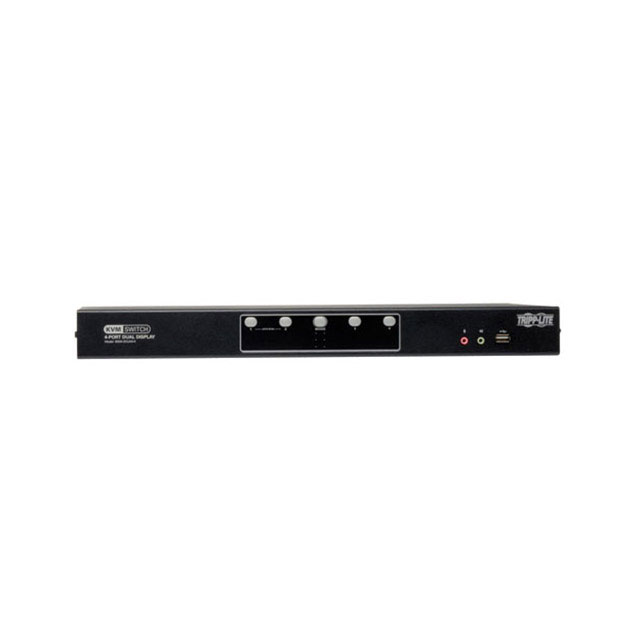
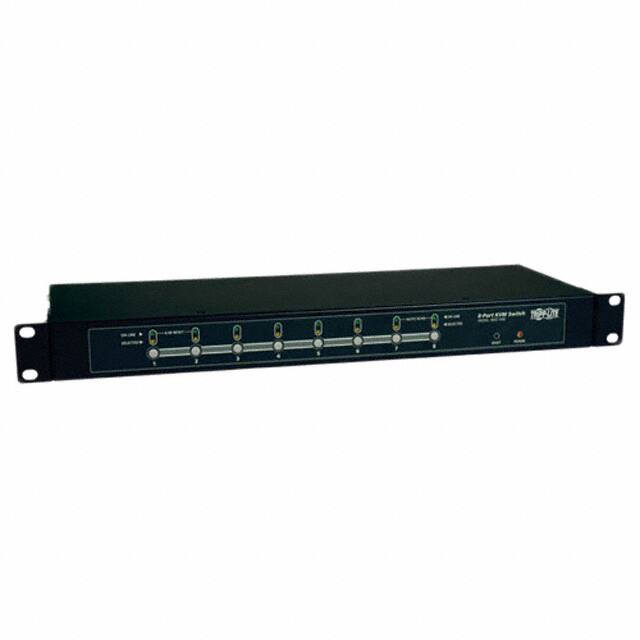
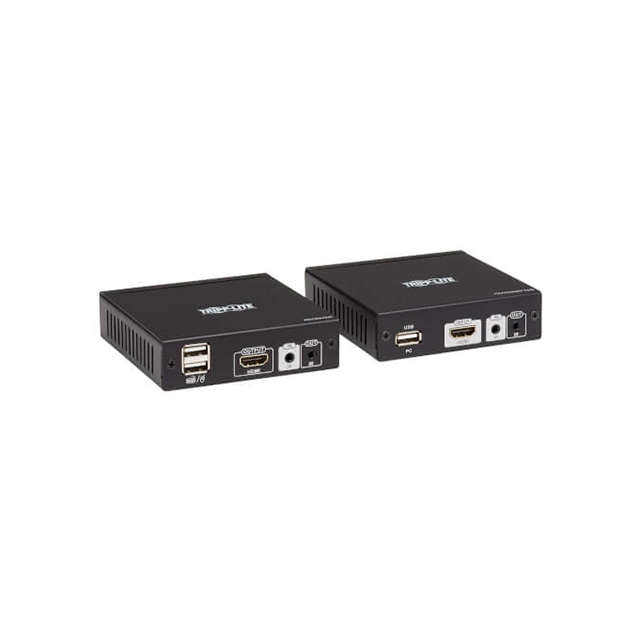
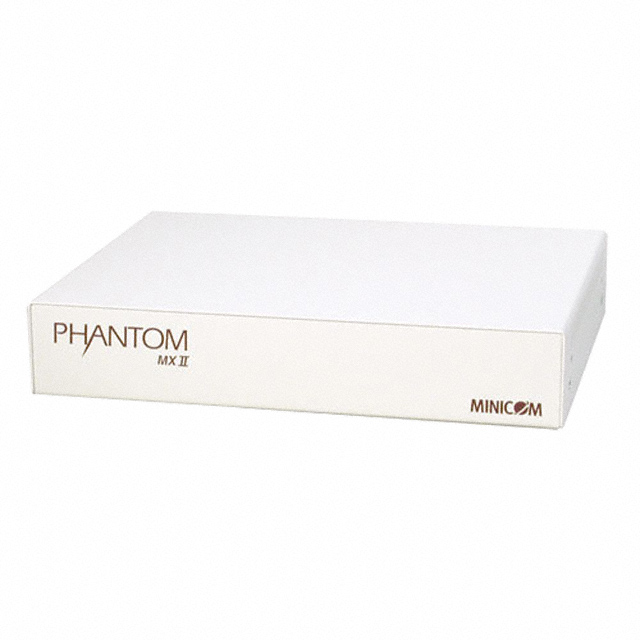
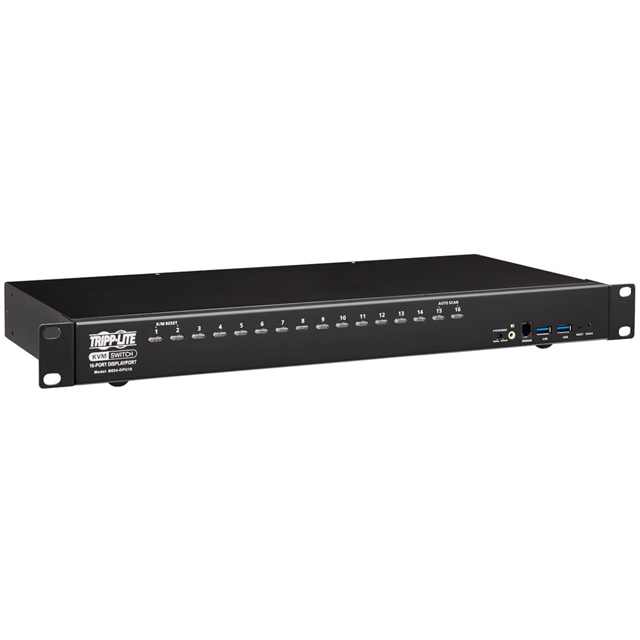



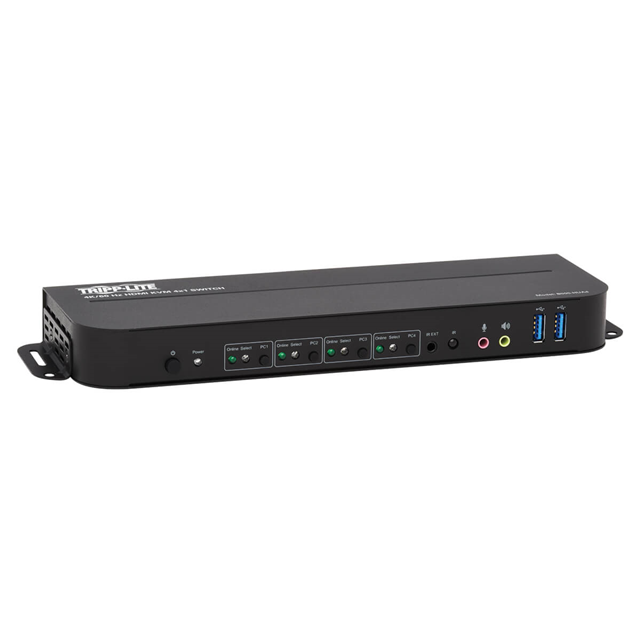

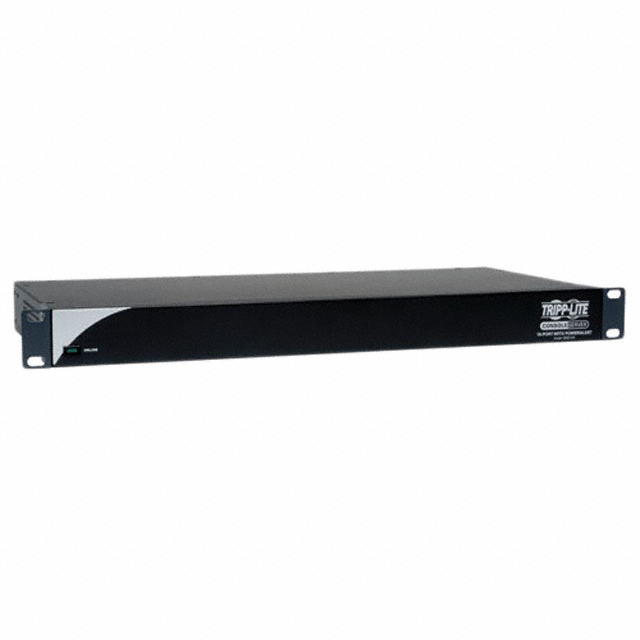

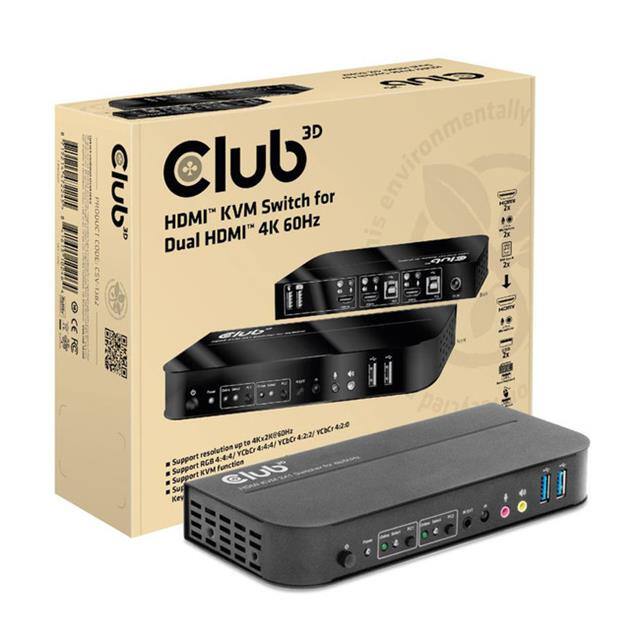
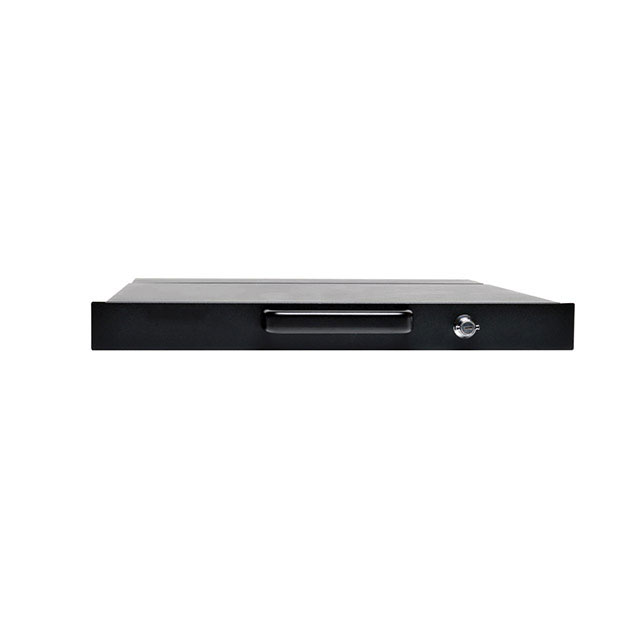
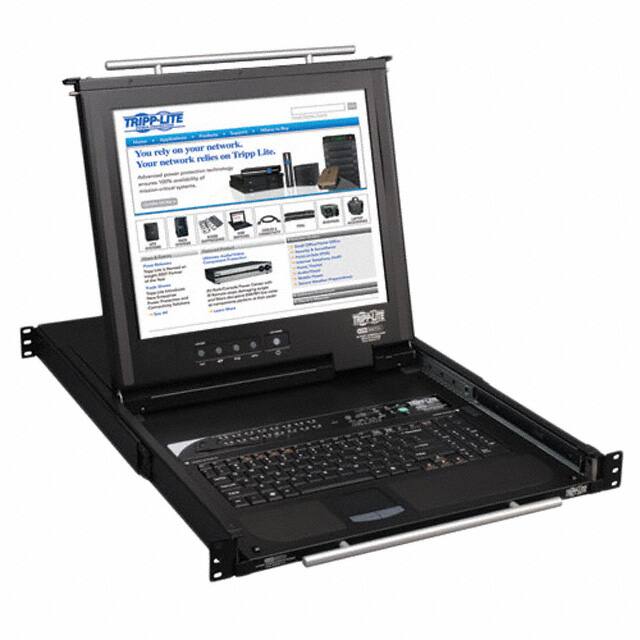
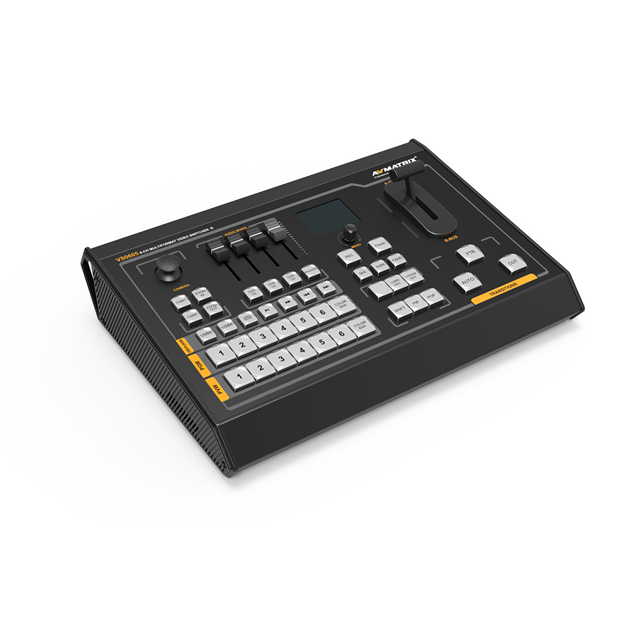

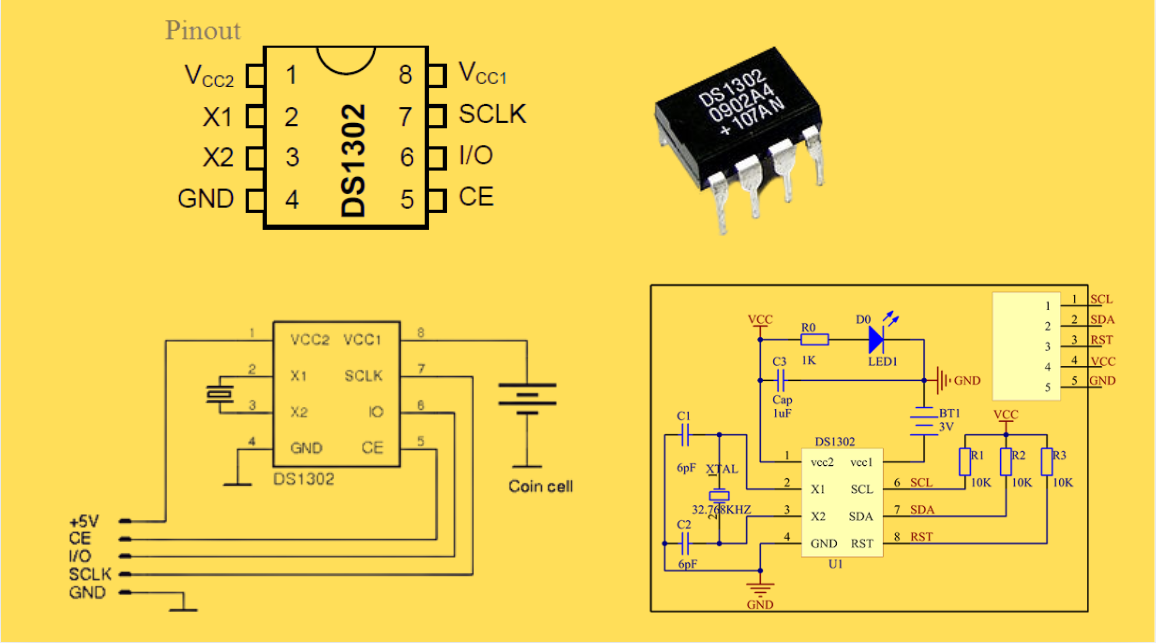
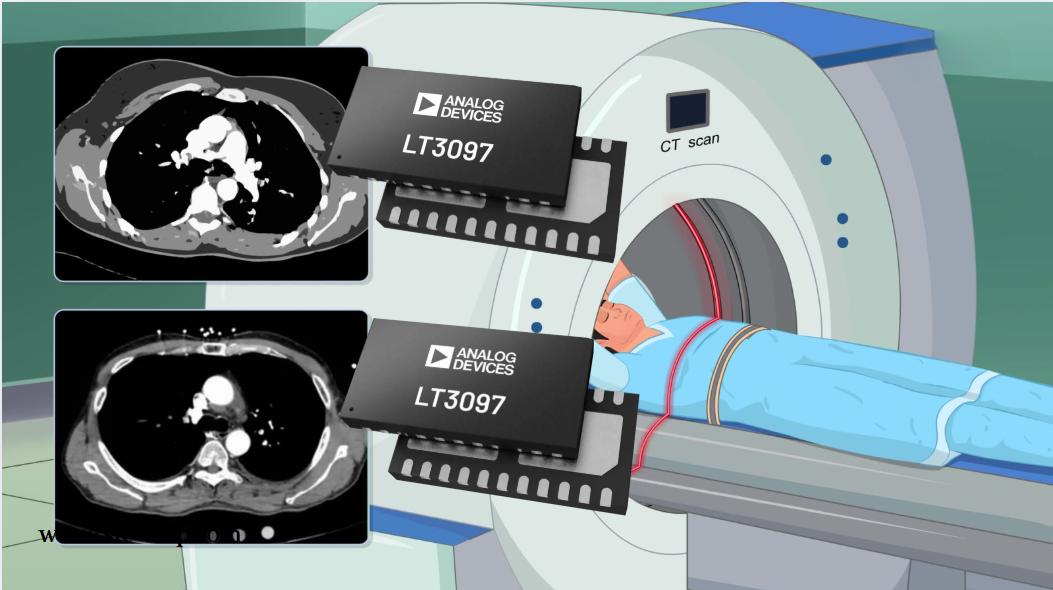
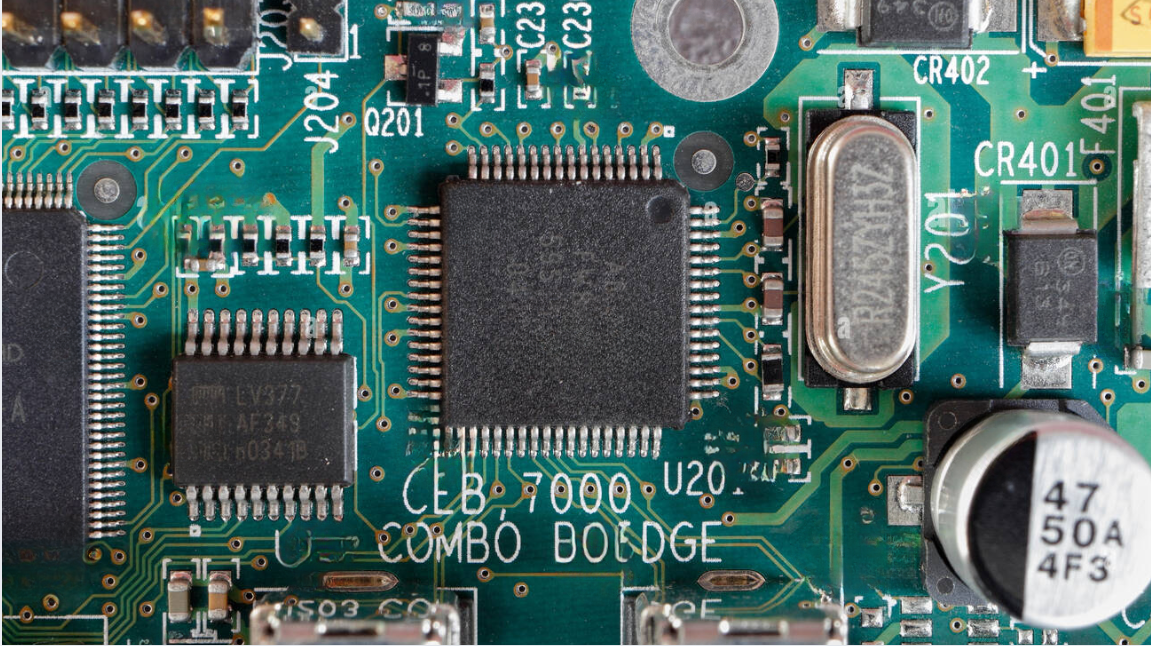
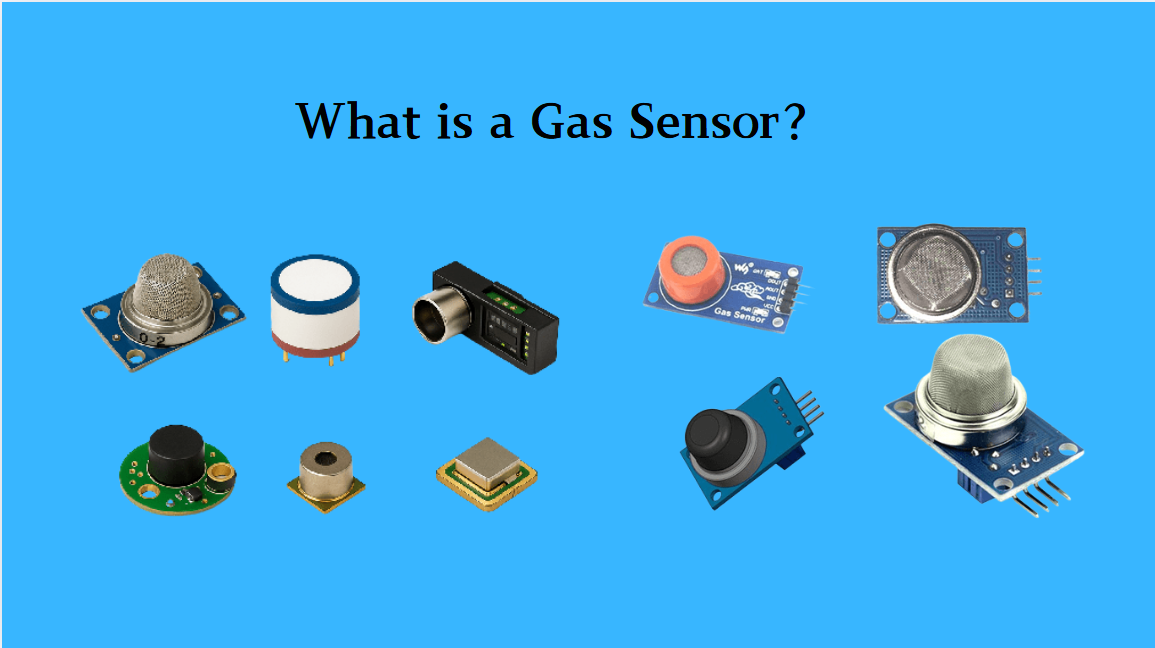
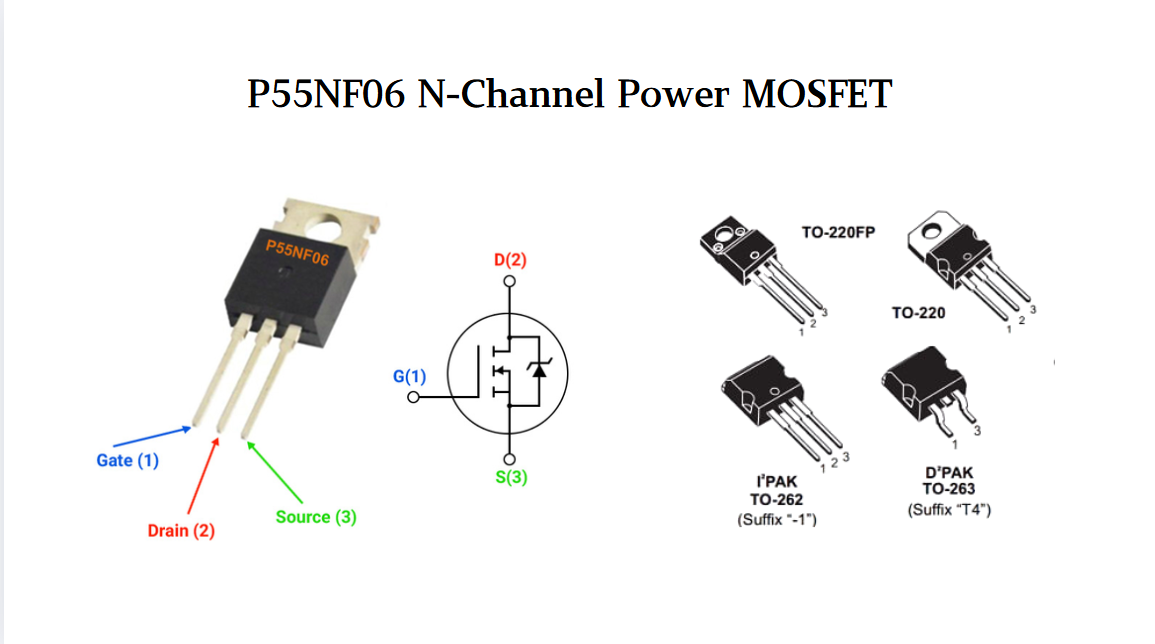
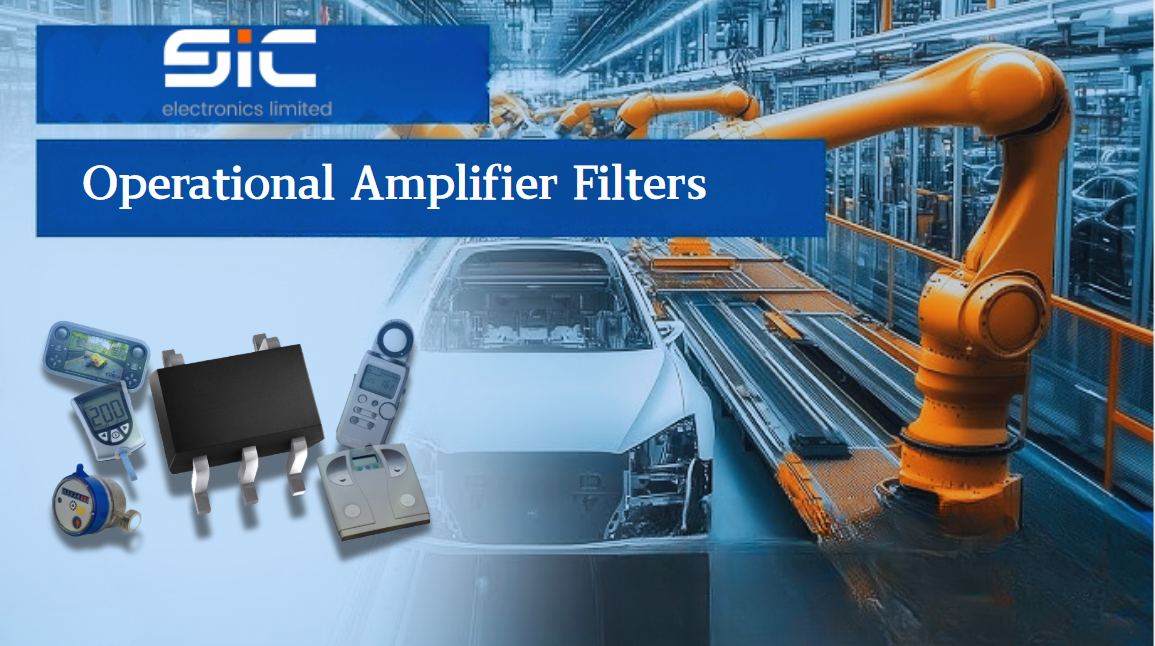
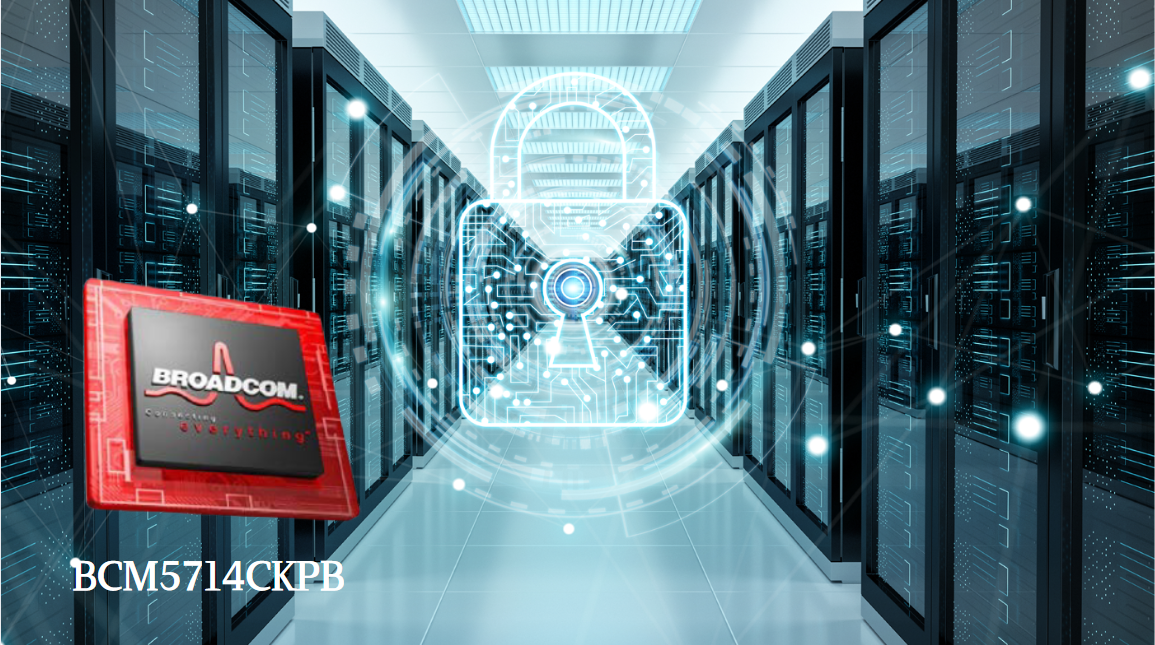
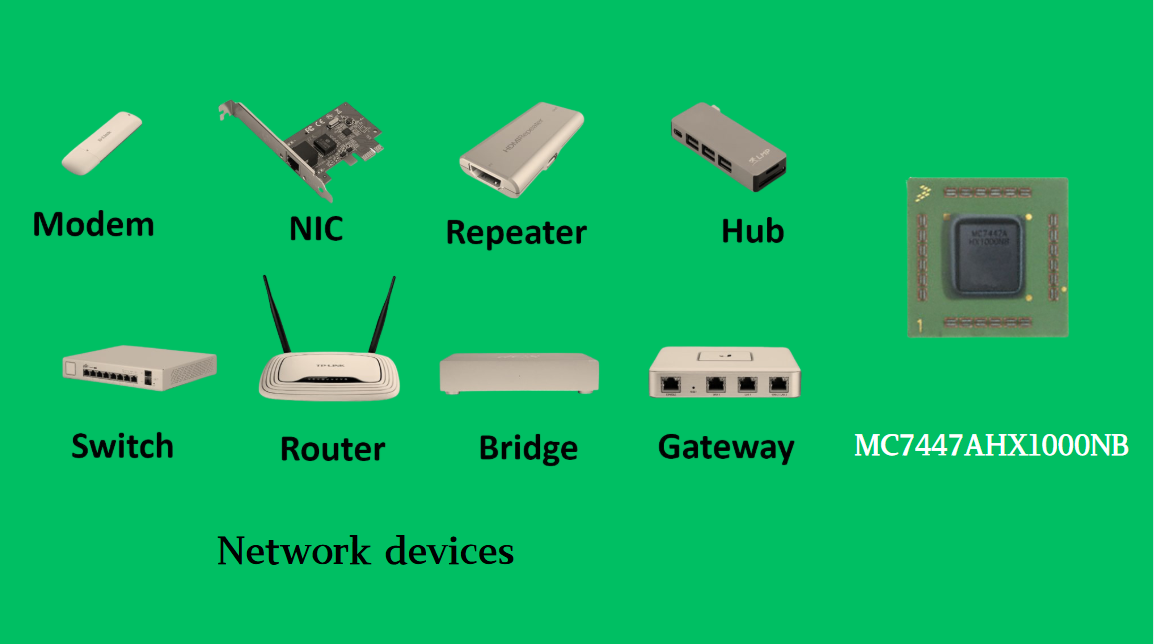
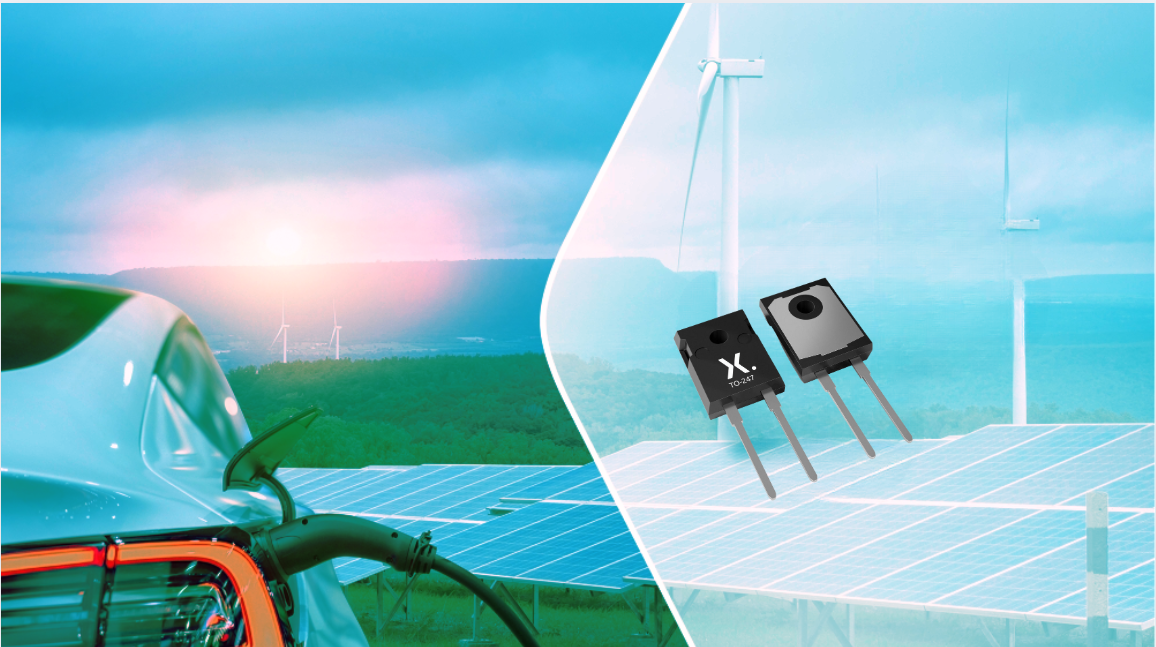
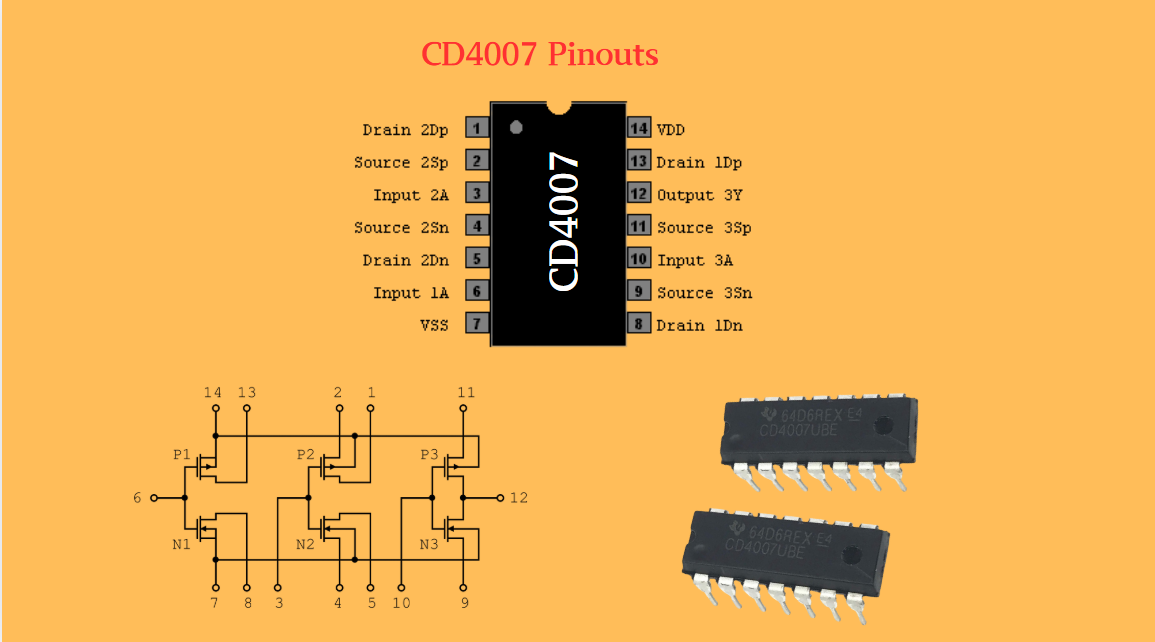
 Wishlist (0 Items)
Wishlist (0 Items)